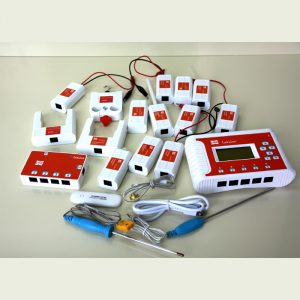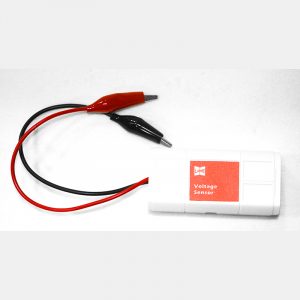Wireless Relative Air Pressure Sensor with syringe
August 1, 2025
Wireless Charge sensor
Range: -50nC to +50nC
Resolution: 0.1nC
I. Working Principle
The principle of a charge sensor is based on the effect of an electric field. In a charge sensor, two electrodes are typically set up: one as the sensing electrode and the other as the measuring electrode. When the sensing electrode approaches or comes into contact with the measured object, it is influenced by the charge carried by the object, thereby generating an electric field on it. The measuring electrode is used to gauge the magnitude of the electric field on the sensing electrode. By measuring the intensity of the electric field, the charge quantity of the measured object can be determined.
II. Specifications
Range: -50nC to +50nC
Resolution: 0.1nC
III. Structure and Features
1. Equipped with a 1.8-inch color LCD screen.
2. Configured with five functional buttons for a simple and user-friendly interface.
3. Supports high-speed USB data transfer, enabling fast communication with data acquisition devices.
4. Supports wireless communication with experimental terminals.
5. Built-in large-capacity removable battery.
6. Features a sensor interface with snap fasteners, compatible with standard sensors for combined experiments.
7. Includes mounting positions for fixing onto iron stands, allowing integration with traditional equipment.
8. The sensor supports iOS, Android, and Windows operating systems.
IV. Typical Applications
Used for measuring the charge quantity of objects.
V. Note
This product is suitable for educational purposes only and is not intended for industrial, medical, research, or commercial applications.
VI. Usage Tips
1. The sensor must be zeroed before use.
2. When measuring the charge of an object, the sensing electrode must be brought close to or in contact with the measured object.




Reviews
There are no reviews yet.